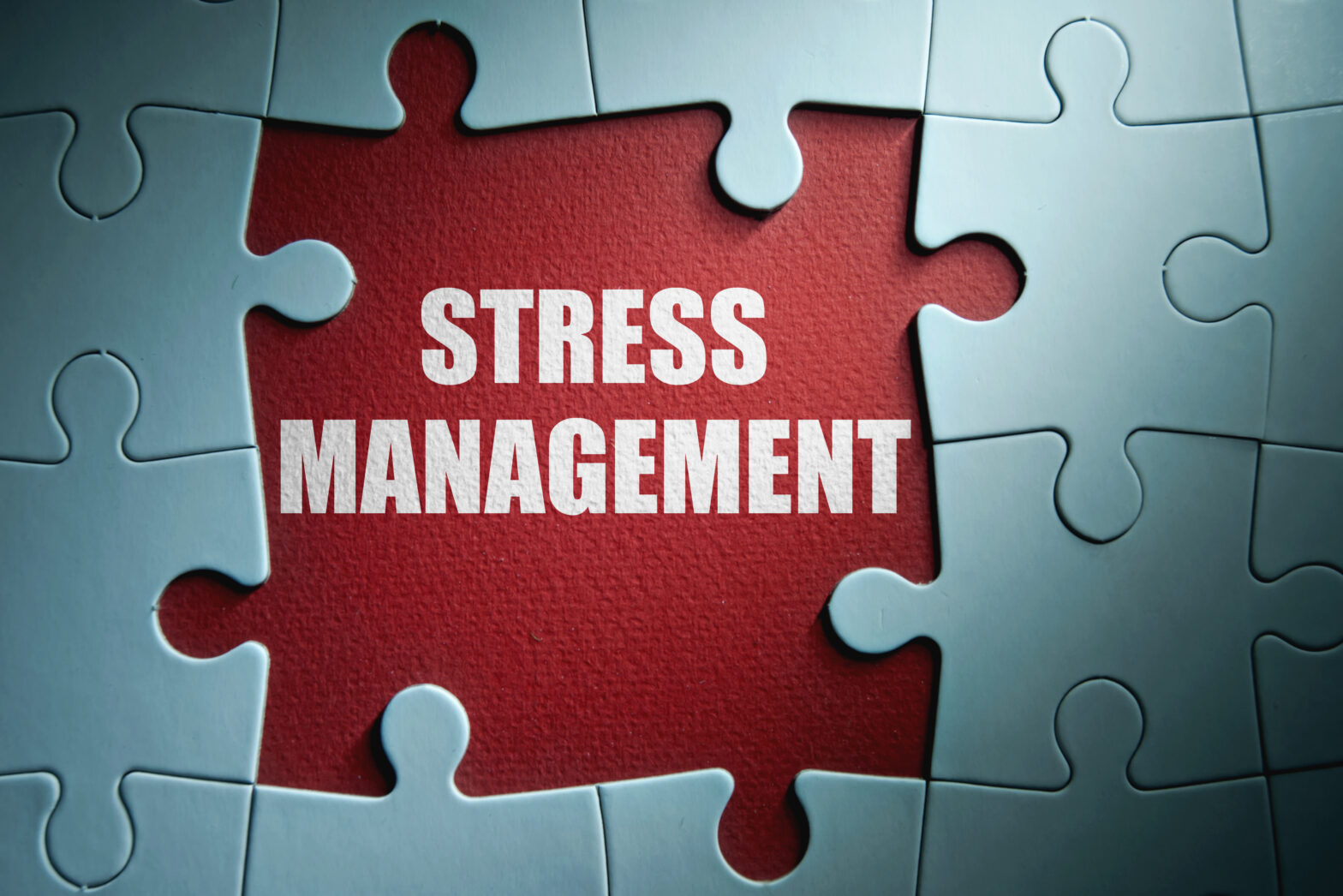It’s easy to think that the world of business is a bit of a minefield. After all, there are a great many risks lurking at every twist and turn – from cyber criminals trying to nab your data to rivals threatening to blow you out of the water, the cost of bills and office rent right through to new legislation that could add cost and complexity to the way you operate.
Yet there is no need to cower away in a corner. While you can’t ignore the risks you face as a business, there are ways in which you can assess and manage them effectively so that they don’t derail your operation. Here are some top tips to take onboard.
Sound structure is important
However big your business is, it’s important that you have a clear structure and a sound understanding of everyone’s responsibilities. That way, it’ll be clear who should be looking at risk – be they health and safety issues around the office or the financial implications of a failed marketing campaign. On top of this, you need a clear line of communication so that everyone knows how to identify and report risk and who’s responsibility it is to act upon this. Far too often, businesses make major errors that could have been avoided had colleagues been listened to at an earlier stage.
Ask yourself ‘what if?’ questions
Once you have a structure in place it’s time to spot the risks you face. The simple way to do this is, as this piece suggests, ask yourself a series of ‘what if?’ questions about the plan that you’re working towards as a business.
So, think about:
- What if you lost access to power, or even the internet?
- What if a key member of staff left?
- What if an important supplier put their prices up or went out of business?
- What if a big customer paid an invoice late?
- What if a key client stopped placing orders?
Prepare a raid log
Once you know your risks, you need a plan to manage them. This is where a RAID log comes in handy.
This is a tool used by project managers to pinpoint the potential problems that could get in the way of the success of a part of a business’ operation. RAID stands for Risks, Assumptions, Issues and Dependencies, with a log allowing you to track each of these.
The four factors break down as follows:
- Risks – the issues raised by your ‘what if?’ questions above.
- Assumptions – the factors you are relying on for a project to be a success. If any of these change, you’ll be able to flag up concerns about the whole project.
- Issues – anything that is already known to be going wrong and needs fixing
- Dependencies – parts of the project that are being delivered by third parties.
Appropriate insurance
There’s a lot of benefit to be had from simply being aware of the risks in your business. If you know, for example, what your rivals are doing then you can react accordingly when it comes to pricing and marketing. If you’re aware of common cyber threats, you can invest in security software and train your staff. If you know which clients are your biggest risk, you can put your efforts into keeping them happy. You can’t completely eliminate the risks but you can at least do something about them.
> See also: How to strengthen the weakest link in your cyber security chain
However, it pays to have a backup plan. That’s where insurance comes in. Take a look at what can and can’t be covered by business insurance and try to build a policy that reflect what you actually do as a business. (This article should answer your questions on this).
By having the right structure, asking the right questions, using a RAID log and taking out appropriate insurance, you’ll give yourself the best possible chance of managing the risks your business faces and establishing the firm foundations needed to go out and make a success of your company.





